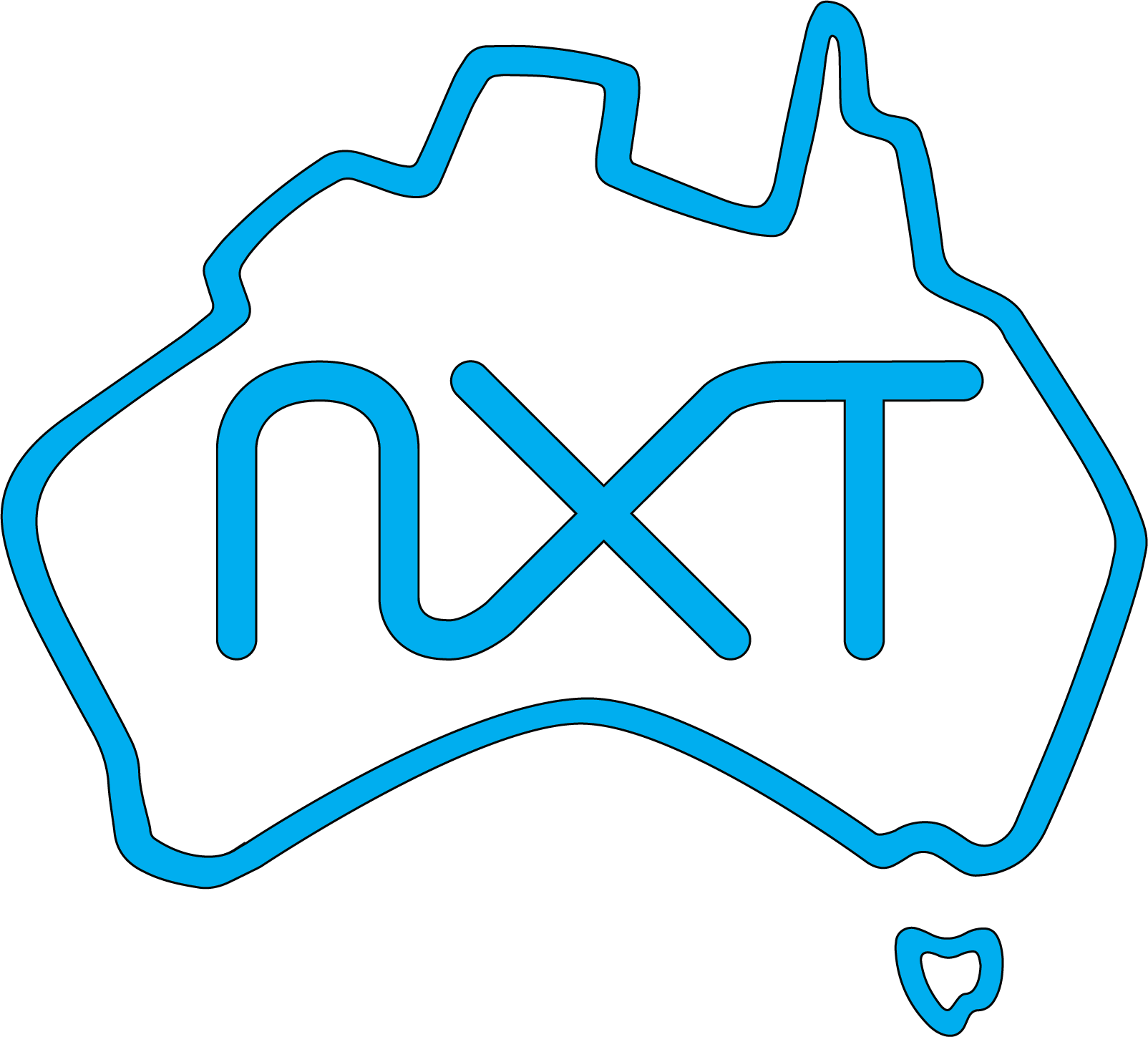Case Study – Iron Ore Rail Cars
Nukote Australia have been successfully applying protective linings to rail cars for many years and have developed particular products and expertise in this industry.
The majority of these rail cars have been in service in hyper-saline environment which will in time create extensive corrosion and chemical fatigue to the rail car body. Steel alloy with high Chromium and Carbon content, such as 3Cr12 alloy, will also be subject to fatigue in this harsh environment.
The severity of this problem varies from site to site and ore body to ore body and is a function of a number of factors:
- Type and composition of the ore / mineral
- Salinity / composition of the ground water at the ore body
- Chemicals which may be added to the mineral
- Construction materials of the wagon body
Iron Ore Car Trial
In February 2012, Nukote Australia abrasive blasted two iron ore rail cars and successfully applied Nukote ST Pure Polyurea at 3- 4mm nominal thickness. This work was completed in a single 12 hour shift.
A detailed Quality Report was produced along with the results of our QC testing.
The rail car lining DFT (Dry Film Thickness) was measured using a calibrated Positector 6000. The average, maximum and minimum reading were recorded.
It was intended that these cars would be re-inspected after six months however continuous utilization and production demand of the rail cars delayed this inspection until late September 2013, nearly 20 months overdue.
During this inspection, the rail car lining was visually inspected and DFT measurements recorded against original reference points with identical equipment and processes used in the “as-built” records.
Things observed during the inspection:
- There were no signs of delamination, blistering, pin holes or corrosion.
- The liner surface has faded due to the exposure to intense ultraviolet light. This is normal for aromatic polyurea liners although does not affect the integrity of the lining.
- The internal lining was also thoroughly inspected for impact / abrasion damage to which no signs of fatigue were found.
- Visual inspection of the floor mainly the impact zone during loading was given extra attention during inspection as we know this is high risk area for fatigue damage during loading; there was no sign of fatigue or damage.
- Spot measurements show that the liner thickness was between 3 and 4mm. The results are shown in the table below.
The overall excellent condition after 20 months in service has proved very encouraging and confirms that our protective coating is fit for the purpose of protecting client’s rail cars.
The loss of lining Dry Film Thickness is marginal and averaged just under 0.2 mm from the initial coating. This suggests that our product would last at least 15 years in these conditions. Note that in some areas there wear factor was nil, so there is potential for our product to be applied at a reduced thickness (cost saving).
Conclusion
The application of Nukote ST Polyurea Protective Coating System to rail cars has proven to be highly effective. Nukote ST coatings have also significantly reduced the amount “hang up” that results in carry back of iron ore and associated products.
Internal surfaces are abrasive blasted to a 75 micron profile followed by chemical swab testing for contaminants prior to the coating application. On completion, holiday testing is undertaken to ensure total monolithic encapsulation of the steel.
Our protective coatings have been installed in over 1000 rail cars. Our Nukote ST Polyurea not only extends the life of the rail cars, but also provides the client with significant savings on the alternative replacement costs or re-skinning program, the other factor to be considered here is the speedy turnaround time of return to service.
